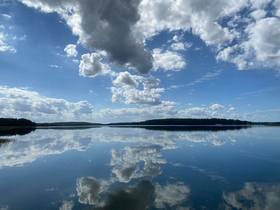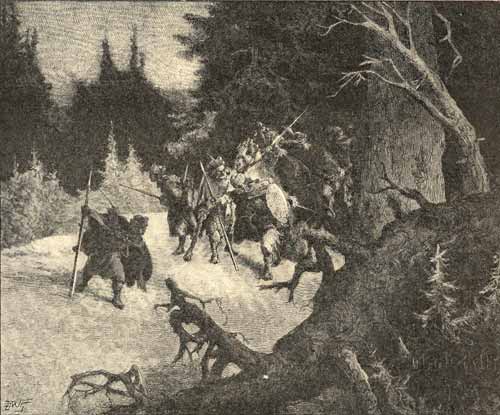
The history of ancient Prusai WHO WERE THE PRUSAI? ARCHEOLOGY COULD PRUSAI BE CHRISTIANS ? Mieszko I Poland THE ARMS AND THE WAY OF FIGHT THE CONQUEST, I, II UPRISING THE III-rd PRUSAI UPRISING The PRUSAI KNIGHTHOOD OPPOSITION What has happened to Prusai? THE GERMANIC ENSLAVEMENTS
The Battle of Grunwald
Culmland Banner The Prusai Maps
PRUSAI
Prusians Heroes Prominent Prusian Where you are, Prusai?
COAT OF ARMS
The Coat of Arms THE COAT OF ARMS PRUS I, II, III Unknown version Prus I,II, III Prus - name and Coat of Arms UNKNOWN COAT OF ARMS EUROPE MONARCHIES
PRUS DESCENDANTS
Pilewski
KURPII
The Kurppii Genesis
THE DISPUTE ABOUT HISTORY
German militarism Tadeusz Mrozinski
CULTURE
About the Prusai language The Prusai language and its sources ART AND PEOPLE Archeology Prusian Babas
PUBLICATIONS
Die Altpreußischen Personennamen Download
Elbling Dictionary
FORUM
FORUM - ARCHIVES
MAIL: PRUS@PRUSOWIE.PL
Counter
Counter

THE SAMBIAN NOBLE GLANDE
The Knights of Teutonic Order, in spite of their forces numerical superiority, continued the conquest of
the Prus lands using many types of brutal and deceitful methods. Captured hostages were murdered or brutalised
without regardas to age or sex. Women were ravaged by knights of the black cross during wanton feasts and orgies,
for which the Order was already notorious during the wars with the world of Islam.
It is easy to draw parallels with the systematic street executions of the citizens of Warsaw in 1939-1944. Typical
was the throwing of bundles of grenades into cellars where the civilian population hid during the Warsaw Uprising in 1944.
These methods of war were separated by 700 years, and this how long the Teutonic occupation of Prus land lasted.
Can this be forgotten?
The Sambian noble Glande until 1265 led the Sambians during the Prus uprising. It was the Sambians who, under his leadership,
destroyed the Teutonic Order’s fleet during the Prus siege of Konigsberg.
The strongly fortified castle in Konigsberg, built near Sambian fort, in spite of the destruction of the Order´s fleet,
proved too strong to be captured. The name of Konigsberg is linked with the double arrival of the Czech king Premislav
Ottokar II and his host of knights who pillaged the Sambian lands with fire and sword. Frequently they were cruel than
other European knights in their treatment of the rightful inhabitants.

Against such forces the Sambian leader was killed in battle with the Teutonic Knights in 1265, and with him was slain
his deputy, the knight Swayno. The Sambians after this left the Uprising, seeing no chance of saving their people from
the ever increasing numbers of murderers in white cloaks with black crosses.
The struggles of the Prus peoples with Christian Europe lasted over 50 years. Their social structures were biologically
destroyed, whilst with this were lost half of the inhabitants of the Prus land.
 www.Prusowie.pl - polski
www.Prusowie.pl - polski